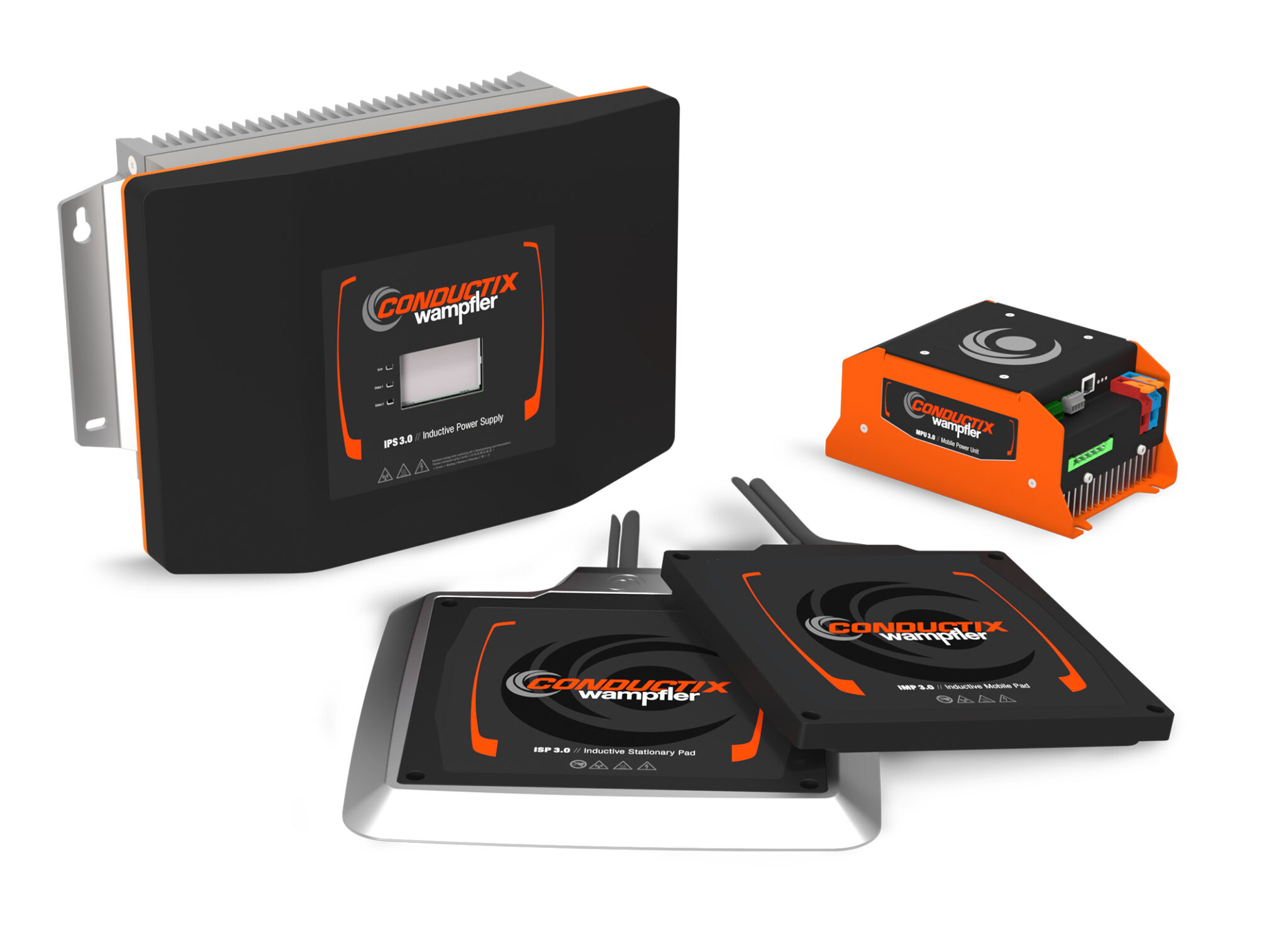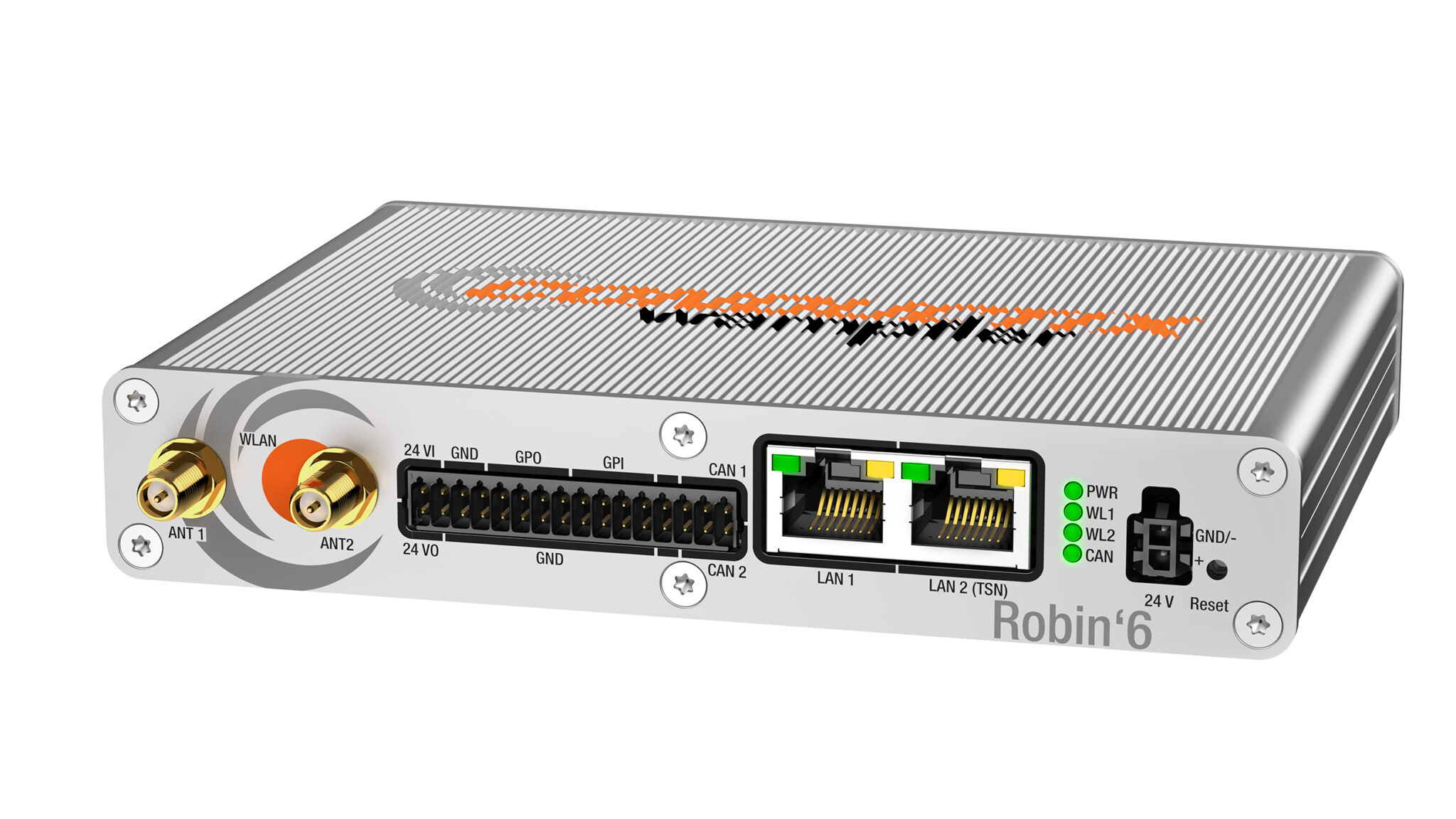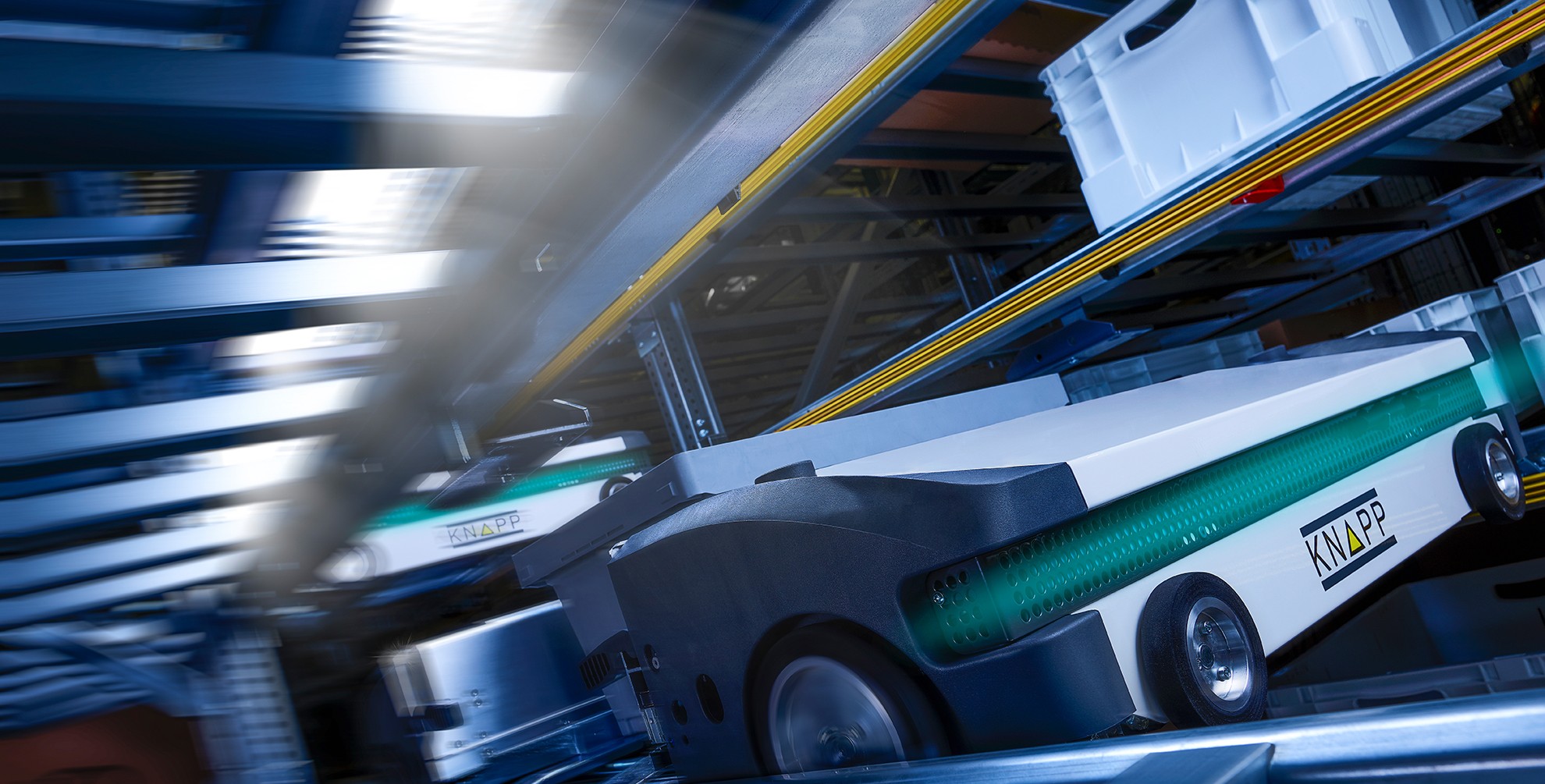Data and energy transmission provider Conductix-Wampfler serves all parts of the warehouse and logistics sector and a great deal more besides. Paul Hamblin catches up with the company’s long-serving industry specialist, Simon Dülffer.
If you want to take the temperature of the industry at any given time, you have to account for understandable subjectivity, an emphasis on different sectors according to core expertise. A forklift manufacturer will face another set of challenges to, say, a sorter supplier or a routing software start-up. Reasonably enough, their perspective of wider industry health is likely to be influenced by their experiences.
Not so for Conductix-Wampfler. The German world leader in data and energy transmission can claim an enviably neutral position, as the spectrum of its activities is so broad. Crane, conveyor, conductor rail, AMR, AGV, take your pick: Conductix-Wampfler’s skill is in applying power to and data to moving systems. “We try to be product neutral at all times,” says Simon Dülffer, Global Market Director, Industrial Automation. “It’s about safe, effective data and power transmission in many applications and we are the biggest company in the world in this niche.” Broad is the right word – clients include some of the world’s most famous theme parks, as well as the more prosaic movers of goods in warehouses.
There are two main tranches to the business. First, the legacy electro-mechanical applications that made Conductix-Wampfler so successful. He explains: “This means conductor rails, cable reels in many sizes, everything from a small reel you use in your garden workshop to megawatt-thick cable with winding lengths of over 1km for use in open pit mining.”


Second, the mechatronic, electronic and software-driven solutions that constitute the company’s portfolio for today’s automated applications. That means control systems for conveyor lines, inductive systems, energy storage, plus the batteries for those systems. “You could call this the growth portfolio,” says Dülffer. “The key for customers is to use different products that are designed to work together in a bundle. An example might be a conductor rail system, you might then add a data transmission system based on a slotted waveguide, perhaps combined with control system for electric monorail. Another example would be for an AGV, comprising a charging solution, battery and data comms package. It is much easier for the manufacturer to build their product with combined expertise from a single source.”
Flexibility v. Throughput
He cites the principal current challenges faced by his customers as the drive for more flexibility and scalability. “We live in uncertain times,” he points out. “It’s therefore hard for customers to map precisely for the five to 10 years that automation planning generally demands. Think of a shuttle system, for instance – it used to be about a drive for better performance, for more throughput, but the emphasis has altered as companies seek more flexibility. So alternatives are now on the market, offering something resembling a blend between AMR and shuttle, so that you are still navigating and storing via a rack, but with the adaptability to scale for the future as required.”
What does that mean for Conductix-Wampfler? “It requires us to offer different kinds of solutions. With throughput as a priority, you’re going for a conductor rail with power provided just-in-time and you don’t carry the weight of energy storage on board the vehicle. For a flexible scalable system you need the flexibility that energy storage gives you, and that brings new challenges for our mechatronic portfolio for AGVs and AMRs. We have to establish how to get the power on board: via charging, energy storage – batteries – and also data transmission requirements, usually including Wi-Fi 6 and fleet safety. On a forklift, you have plenty of space, you can carry weight such as a large battery. You have the driver/operator to help plug and unplug.
“AMRs, on the other hand, present different challenges – you have no driver to plug or unplug, and you must manage considerable weight and space constraints. Hence we offer opportunity charging, delivered via charging stations. Then we examine power – you save costs via operating the battery in a comfort zone, so that it never depletes by running to zero; or you can deploy photovoltaic power, perhaps from the roof. In all circumstances, we can customize to suit customer preference.”
Taking the Industry Temperature
Let’s return to Conductix-Wampfler’s neutral standpoint. How does Simon Dülffer view the state of the sector, particularly after insightful trips to LogiMAT and across the Atlantic to ProMat a week later?
“The geopolitical situation is certainly fostering the current mood of uncertainty,” he reflects. “But logistics remains a long-term market, it’s a tech market, people are still looking for opportunities to innovate. At the end of the day, it’s about technology, not geopolitics, and as long as there’s a business case, products will find their market. The tariff issues have not so far shown us concrete effects in the intralogistics field – it’s a different story in the field of people transportation systems, for instance. In a scenario where a supply chain may have to be re-routed due to tariffs, this is quite easily done if you are dealing with commodities, but with highly engineered products it’s much more difficult.”

Have customer requirements and challenges in the intralogistics sector changed in recent years? “We saw the enormous boom in small loads and parcel sortation systems rocket-boosted by Covid, but with the return of the regular economy over the past 2-3 years, as consumers re-allocated resources – on the holidays they had been missing, for instance – we saw a cyclical shift back to heavier loads, to pallet handling, and those companies have done well for past two years or so. Now it’s possible we may be seeing an upturn once again in the ecommerce sector,” he suggests.
similar news
